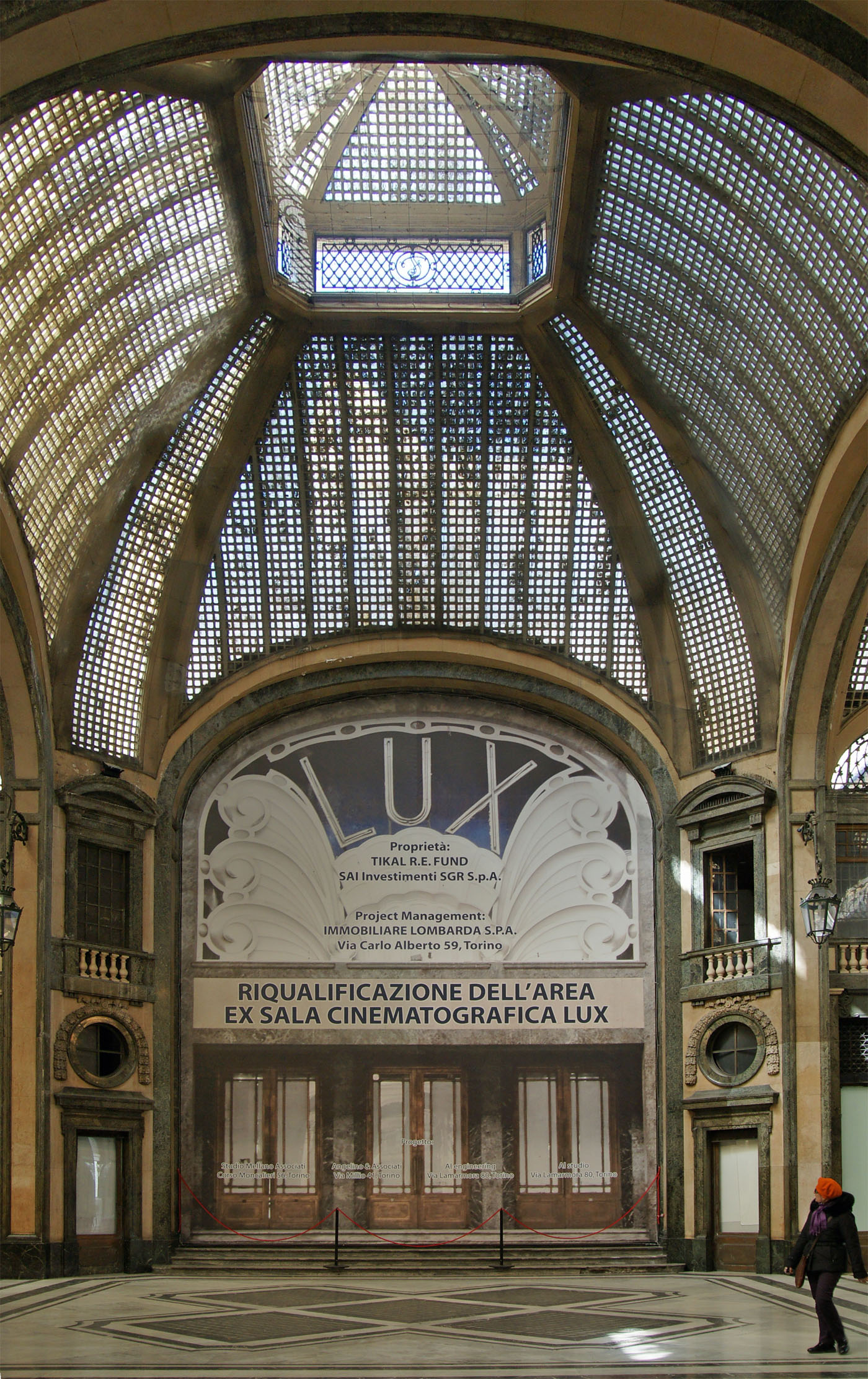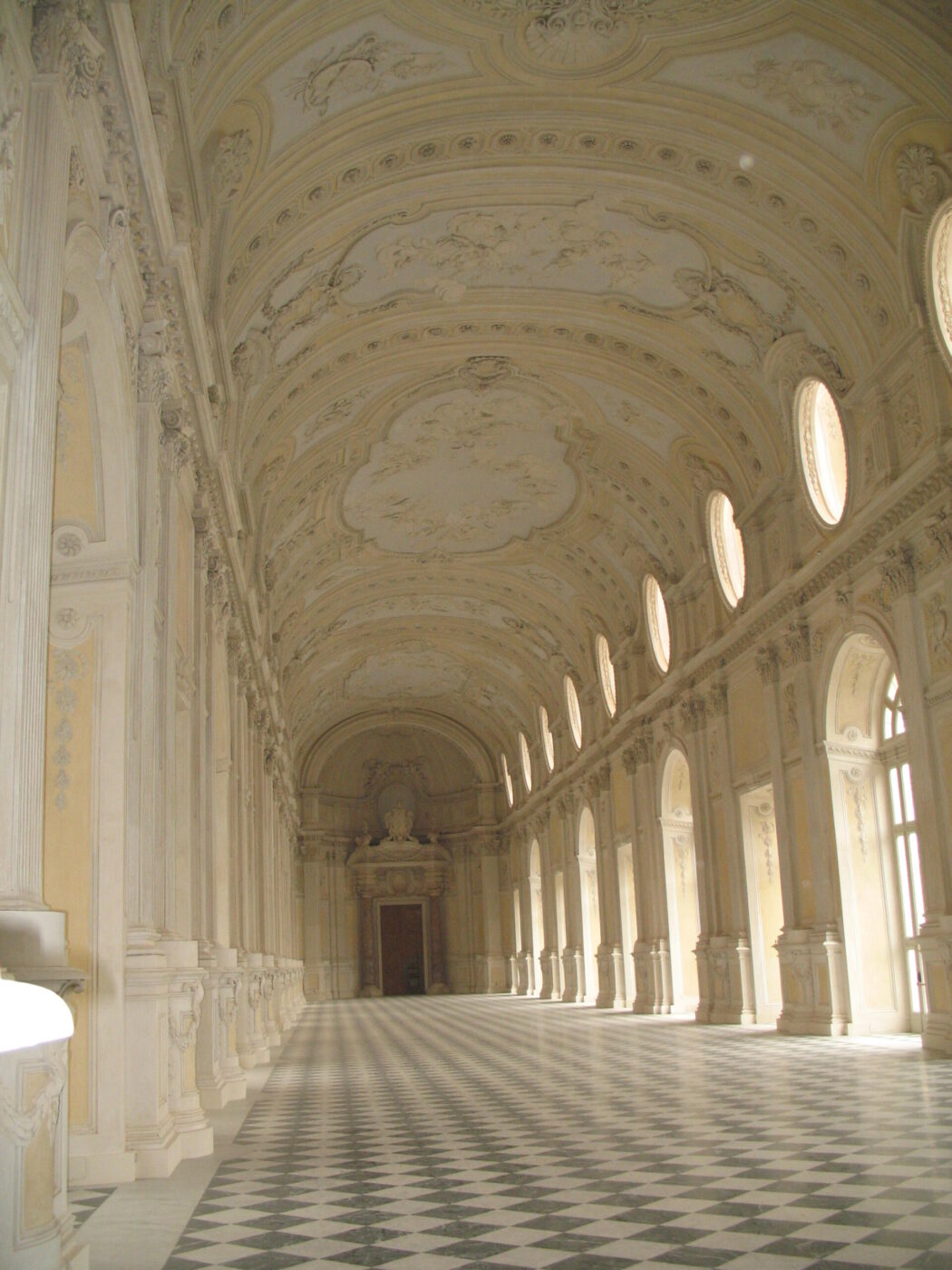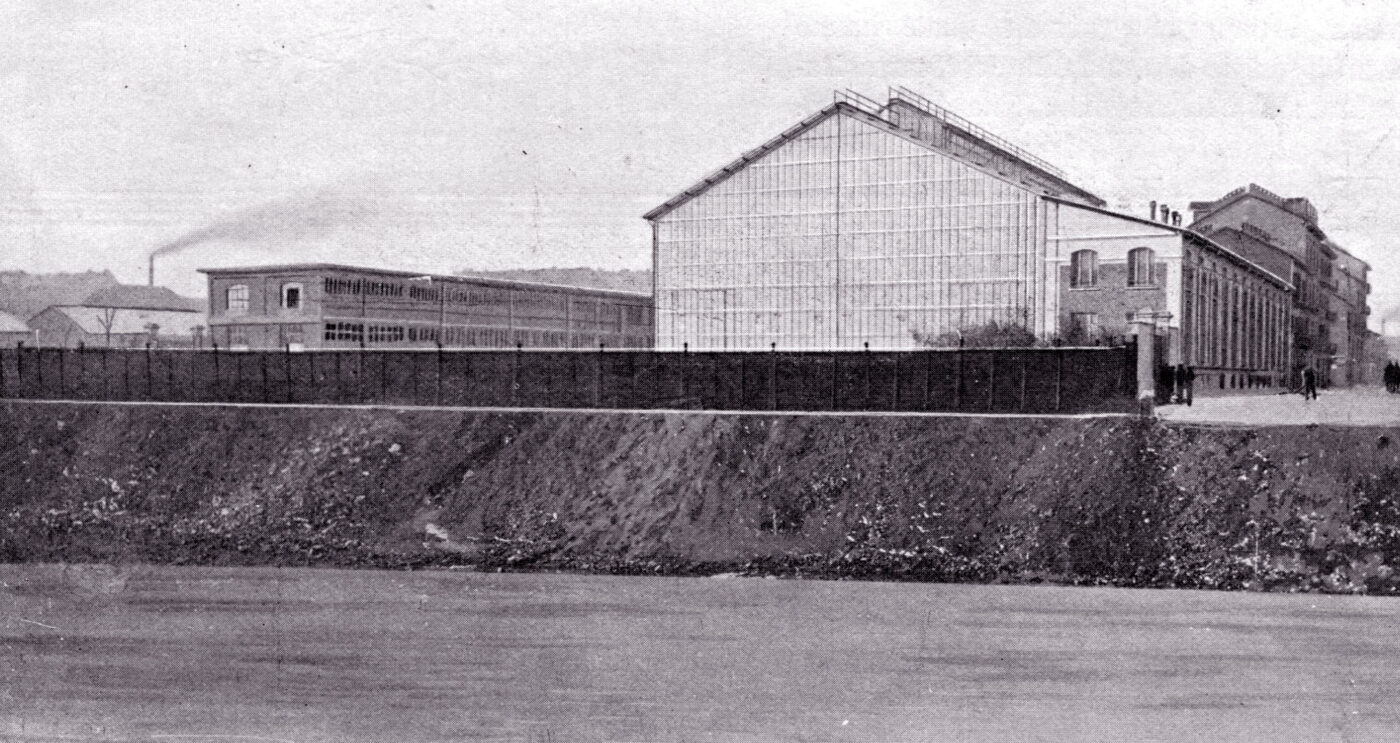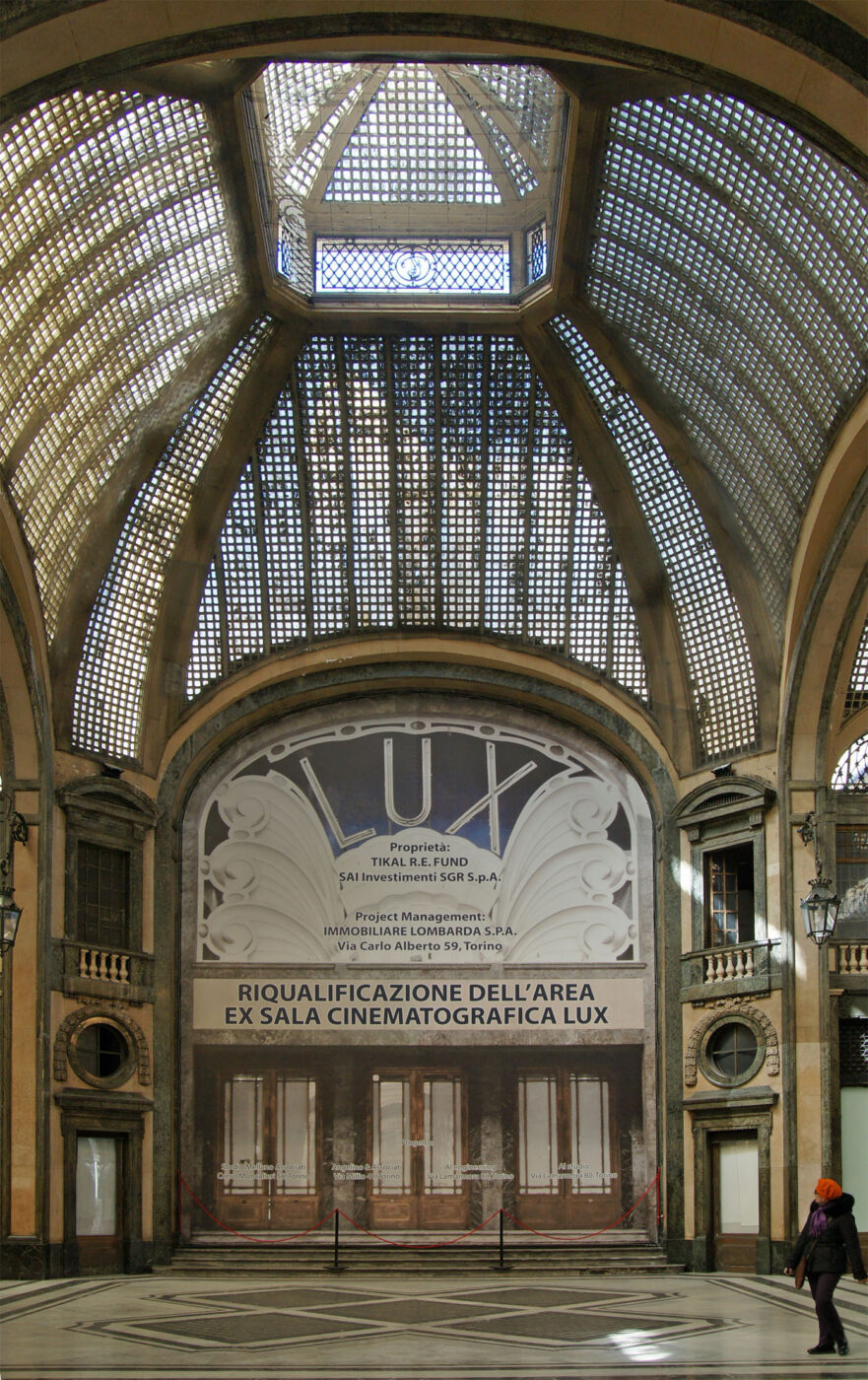In the past 20 years, over 1,600 Italian and foreign productions have been shot in Piedmont–and for most of them, you probably had no idea. Thanks to a range of architecture styles done right, stunning landscapes, and a relative lack of tourism compared to heavy hitters like Rome and Florence, the region is a blank slate for production companies, able to transform into the likes of Rome, Paris, or London.
It’s not just the locations that draw filmmakers, however, but Turin’s treasure trove of on-the-ground personnel, with experts in production from A to Z. Established in 2000, the Film Commission Torino Piemonte is largely behind this, capitalizing upon the region’s assets to attract and support high-profile film and TV productions like The King’s Man (2021), Le Déluge (The Flood, 2024), La legge di Lidia Poët (The Law According to Lidia Poët, 2023), and The Count of Montecristo (2024).
But how did Turin come to be Italy’s Hollywood (minus the fanfare)? Let’s rewind.
The Beginning of Italian Cinema
When French brothers Auguste and Louis Lumiere crossed the Alps to Turin to debut their new cinématographe–a film camera that also functioned as a photo developer and projector–in March 1896, they couldn’t have known that they were about to set in motion the birth of Italian cinema. But that’s exactly what they did.
The brothers’ Lumiere Company employed an official representative in Italy, Vittorio Calcina, a photographer now remembered as the country’s first director. He made history with his first paid-for film showing in Italy in November of the same year, and from that point on, the public was hooked. Italian Lumière trainees began to open small production houses around Turin, flooding the city with cinematic techniques. Films of the time were mostly short reels that were inspired by everyday life. Calcina’s first two productions were what today we’d consider to be documentaries: one film recorded Pope Leo XIII and the other focused on King Umberto I and Queen Margherita of Savoy–the first film of Italian royalty and one of the earliest examples of state-sponsored cinematic propaganda.
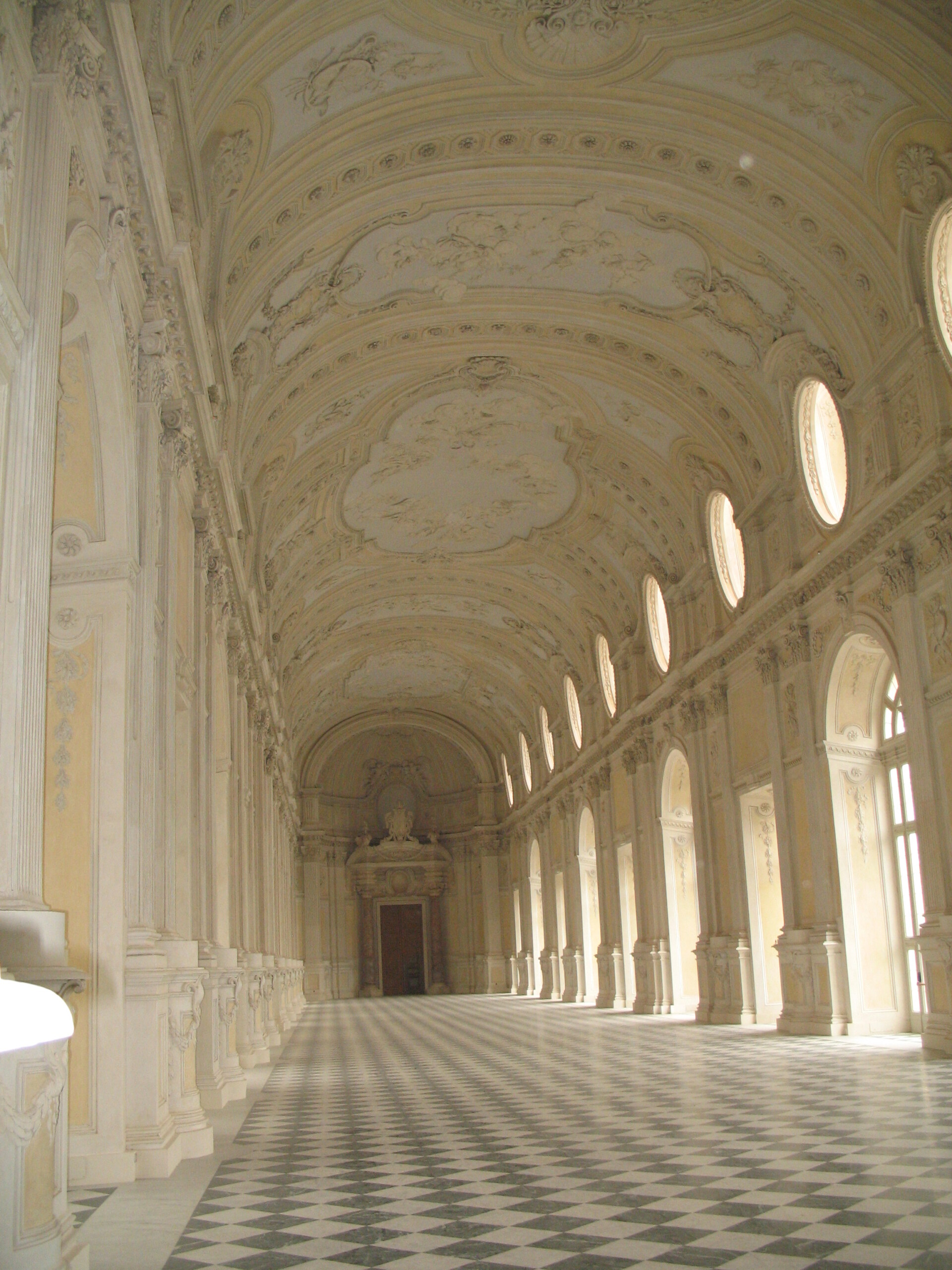
The Reggia di Venaria featured in Gianluca Jodice's film Le Déluge; Photo by Twice25 & Rinina25
Turin becomes the Capital of Cinema
The Turin-based companies Ambrosio Film and Itala Film, along with Rome-based Cines, spearheaded the Italian film industry between 1903 and 1908. Movies started to get longer, allowing for more complex narratives and innovative techniques. The higher caliber of films brought about official “glass houses” (film studios), production houses, and film crews, plus official cinemas. This created a wealth of opportunities to see films, and with more demand, came more production.
Through the beginning of the 20th century, Turin’s new moniker was the “Capital of Cinema”: 1,400 films were produced in the city, and the 1911 Universal Exhibition in Turin could almost be considered the first international film festival, ever. Genres like fixed-character slapstick comedies–inspided by the popular theater theme of commedia dell’arte–and the trope of the femme fatale rose to stardom here. In 1912, 569 films came from the city alone (compared to the 420 in Rome and 120 in Milan). But Giovanni Pastrone’s 1914 film Cabiria, written by Gabriele d’Annunzio, was the real game-changer of the era, introducing the dolly and multiple-angle shots. With big impressive sets, hundreds of extras, a dramatic use of lighting, and special effects, his feature film set the new standard for Italian and American cinema.

The Ambrosio Film studio on Via Mantova in Turin (1914)
From Film Studios to Factories… and back to Film Studios
With the outbreak of World War I in 1914, film production came to a staggering halt, and much of the cinematic momentum left Turin for the United States over the next few decades. While the world wars extinguished Turin’s creativity, they fueled its factories; the armaments and automobile industries took over, transforming the city from one of cinema to one of Fiat. (These were the years when Rome took over, its cinema scene flourishing under the close guidance of Benito Mussolini, and the foundation of the Istituto Luce and Cinecittà in 1937.)
The Piemontese capital’s cinematic output was more or less stagnant until 1956, when the National Museum of Cinema opened in the Palazzo Chiablese. Over the next 25 years, as weapons manufacturing fizzled out, Turin slowly shifted its economy away from industry and back toward film production. Much less glitzy and upbeat than titles from the belle epoque, mid-century movies captured the post-war era of strife and disappointment, as evidenced in Profondo rosso (Deep Red, 1975), La donna della domenica (The Sunday Woman, 1975), Fango bollente (Savage Three, 1975), La ragazza di via Millelire (The Girl from Millelire Street, 1980), and Torino Violenta (Double Game, 1977).
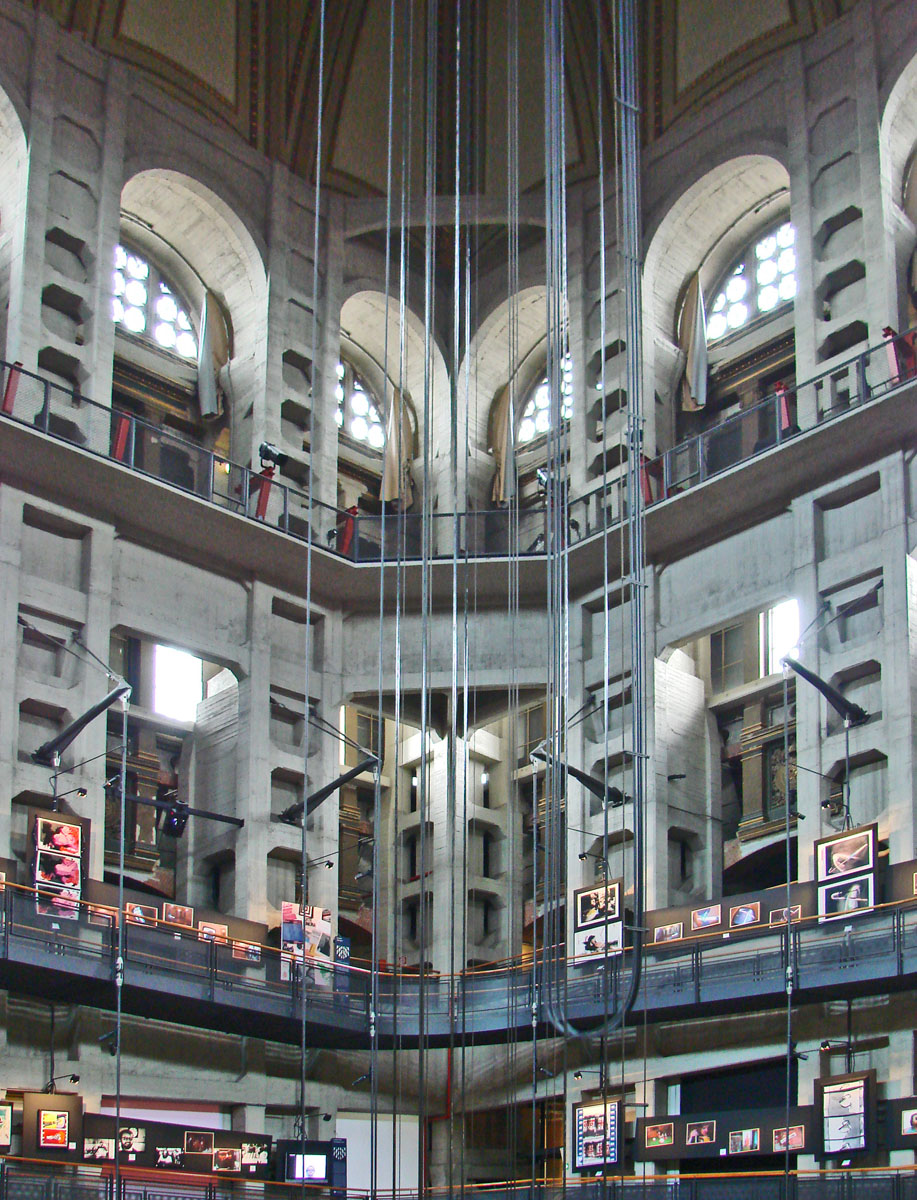
National Museum of Cinema (Turin); Photo by Jean-Pierre Dalbéra
The Film Festival, Film Commission, and the Future
In the wake of this decline, film critic and professor Gianni Rondolino put on the first Festival Internazionale Cinema Giovani (Festival of Young Cinema) in 1982. Paul Morrissey’s grungy, Kevin Bacon-led Forty Deuce premiered, as did the comedy rock musical Starstruck by Gillian Armstrong, drawing a high-profile roster of Italian and international names that helped reenergize the city economically and culturally. The event is still in operation today as the Torino Film Festival, after a name change in 1998.
In a total history-repeating-itself kind of way, the turn of the 21st century propelled Turin to once again become a capital of cinema, thanks largely to the Film Commission Torino Piemonte (FCTP). Eager investors turned the region into a hotspot for filming and for those working in the film industry, drawing hundreds of actors, producers, and creatives there. (For the full scoop on the FCTP, plus an interview with the current director, check this out.) Also in 2000, the National Cinema Museum got a new home in the iconic Mole Antonelliana, attracting even more visitors to learn about the history of cinema here–and to climb up to the top for a fantastic view of Turin’s skyline.
Today, the city and region are more popular than ever in the cinematic world. If you have a sharp eye, there’s a good chance you’ll catch glimpses of Turin in the most unlikely places… like the backdrop of a car driven by Vin Diesel in Fast X (2023). And to all you aspiring actors, the Piemontese capital might just be your best bet.


